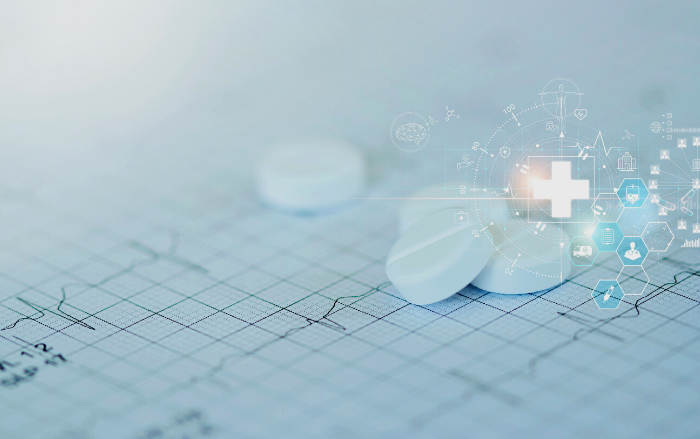In this article, we will explore the latest news about Signal Detection in Pharmacovigilance.
The Signal Detection process needs to be redesigned in accordance with the integration of the EudraVigilance Data Analysis System (EVDAS).
What does it mean? Let’s discover this important update together!
What is Signal Detection in Pharmacovigilance?
Signal Detection in Pharmacovigilance is a set of activities that aim to search for and identify safety signals from a wide variety of data sources. This process wants to determine whether there are new risks associated with a particular drug, or whether risks associated with a particular drug have changed.
Regulation (EC) No 726/2004, Directive 2001/83/EC and Commission Implementing Regulation (EU) No 520/2012 (hereinafter referred to as REG, DIR and IR, respectively) include provisions for signal management in the European Union (EU).
Good Pharmacovigilance Practices (GVP) are a set of measures put into practice in 2012 to facilitate the performance of pharmacovigilance in the European Union (EU).
According to the GVP module IX definition, a safety signal is “Information arising from one or multiple sources, including observations and experiments, which suggests a new potentially causal association, or a new aspect of a known association between an intervention and an event or set of related events, either adverse or beneficial, that is judged to be of sufficient likelihood to justify verificatory action“.
However, the presence of a safety signal does not directly mean that a medicine has caused the reported adverse event. An illness or another medicine taken by the patient could also be the cause. The assessment of safety signals establishes whether or not there is a causal relationship between the medicine and the reported adverse event.
Who is responsible for detecting and managing safety signals?
The European Medicines Agency (EMA), together with the regulatory authorities in the Member States and MAHs are responsible for detecting and managing these safety signals. The evaluation of safety signals is part of routine pharmacovigilance and is essential to ensuring that regulatory authorities have the most up-to-date information on a medicine’s benefits and risks. Safety signals can be detected from a wide range of sources, such as spontaneous reports, clinical studies, scientific literature.
EudraVigilance is also an important source of information on suspected adverse reactions (SARs) and signals. National competent authorities and the Agency shall cooperate in the monitoring of the data available in the EudraVigilance database to determine whether there are new risks or whether risks have changed and whether those risks impact on the risk-benefit balance of medicinal products. The identification of new risks or changed risks shall be based on the detection and analysis of signals.
Signal Detection: A new direction. What’s new?
In 2017 the EMA launched the new EudraVigilance database and enabled MAH access to the system.
Marketing Authorisation Holders shall monitor the data available in the EudraVigilance database to the extent that they have access to the database.
During a pilot period which started in February 2018, Marketing Authorisation Holders (MAHs) of active substances included in the EMA list of active substances and combinations have to monitor them in EudraVigilance and inform EMA and national competent authorities of validated signals with their medicines.
MAHs with APIs included in the EMA list of active substances involved in the pilot should continue to monitor them in EudraVigilance. All other MAHs also have access to EudraVigilance and can integrate data into their own signal management processes / systems. However, during the pilot they will have no obligation to continuously monitor EudraVigilance and inform the regulatory authorities of validated signals from EudraVigilance.
Update August 2023:
EMA and the European Commission have agreed to further extend the pilot until the end of 2024.
MAHs with active substances included in the list should continue to monitor them in EudraVigilance for the duration of the pilot.
What will happen at end of the pilot phase?
More detailed information is available under Signal management on the EMA website.
How can we help you?
Thanks to our expertise, we are already supporting pharmaceutical companies involved in the pilot phase to put in place an effective and efficient process to ensure that signals are detected and managed in compliance with the regulatory requirements.
Through our tailored approach, we can provide:
- Screening, data mining and frequency tabulation for potential signals.
- Categorisation of signals of disproportionate reporting (SDR) from EudraVigilance for prioritisation and further analysis.
- Routine and “ad hoc” signal detection activities, generate signal analysis reports and track signals for your products.
- In-depth evaluation of potential signals by further medical analysis of case series, targeted literature search and review of data from external databases.
- Support your operational team optimising your signal detection processes by identifying and integrating the right technology.
We will evaluate with you the best approach for your business processes.
About Arithmos
We are industry and Technology experts in Life Sciences.
We are a long-standing Partner and Service Provider across Clinical Development, Regulatory and Compliance, Quality Management, Pharmacovigilance, and Medical Affairs domains.
We help pharmaceutical, biotechnology, nutraceutical, medical device, universities, hospitals and non-profit organisations to gain the best business value through technology-enabled solutions and achieve excellence in business operations.






